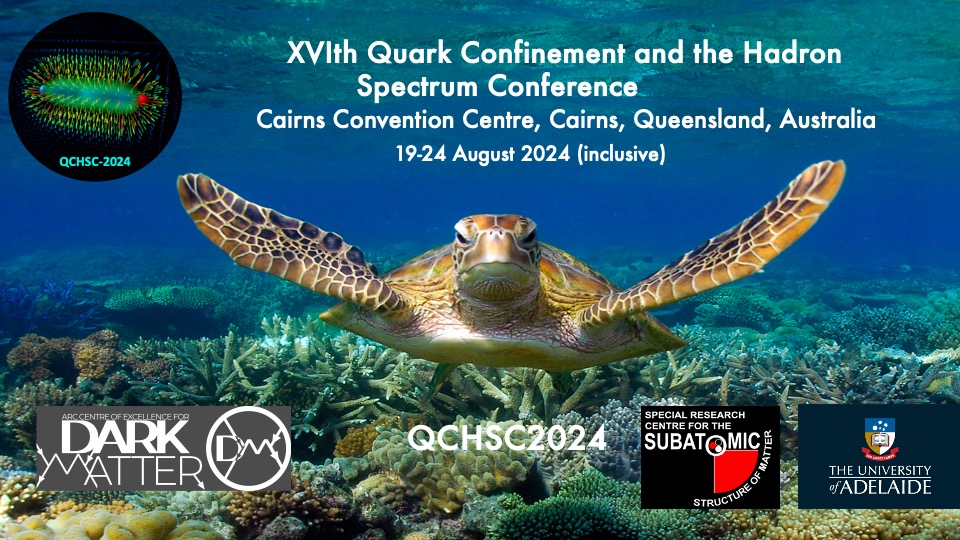Speaker
Description
(Anti)deuterons, being the simplest light ions, have recently become the subject of many studies aimed at a better understanding of their production mechanisms in heavy-ion collisions where the quark–gluon plasma is formed. The mystery surrounding (anti)deuterons lies in their small binding energy, which holds the neutron and the proton together. This binding energy is about seventy times smaller than the freeze-out temperature, raising the question of whether they are produced by thermal or coalescence processes. This question has not yet been resolved. Moreover, the study of (anti)deuterons is crucial due to their interactions with other particles, since they consist of two nucleons. Investigating kaon-deuteron pairs opens up possibilities to explore hadron-hadron interactions in the strangeness sector by determining the isospin-dependent parameters of the strong interaction. Analyzing pairs such as proton-deuteron can enhance our understanding of 2- and 3-body interactions. The study of pion-deuteron pairs, in turn, can provide insights into the emission properties of heavier particle species.
In this talk, the femtoscopy study of (anti)deuterons with charged pions, kaons, and (anti)protons is presented. The particle pairs considered in these studies come from Pb--Pb collisions at an energy of $\sqrt{s_{\rm NN}} = 5.02$ TeV, as recorded by the ALICE experiment. All studies compare experimental femtoscopic correlation functions with theoretical ones from available models of the interactions.

